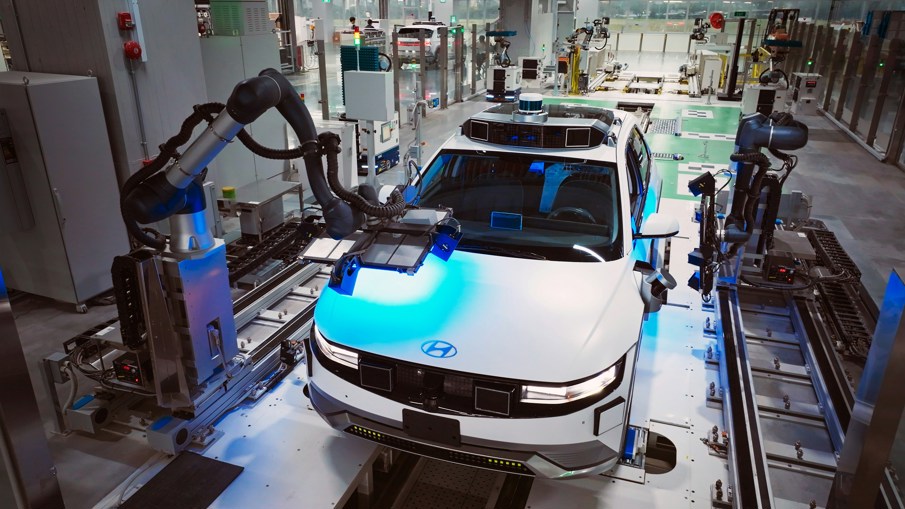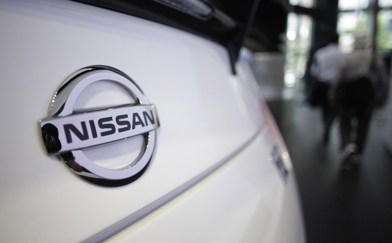Artificial intelligence (AI) is poised to transform electric vehicle (EV) charging, making it more reliable and efficient.
As reported by The Verge, a recent pilot study conducted by the University of Michigan Transportation Research Institute (UMTRI) in collaboration with startup Utilidata sheds light on how AI can optimise the power grid and improve the EV charging experience.
Real-time data for utilities

The UMTRI-Utilidata study aims to provide utilities with real-time data, enabling them to better manage the power grid in the face of rising EV adoption. By analysing EV charging behaviour, AI tools can help utilities anticipate electricity demand spikes and identify potential issues before they become critical.
This real-time insight is crucial as EV charging can draw power inconsistently, leading to lower power quality and potential damage to charging equipment.
Enhancing charging infrastructure
The researchers installed electric meter adapters equipped with Utilidata’s AI platform, Karman, at six EV charging stations at the University of Michigan.
Between March and June of the previous year, Karman analysed voltage, current, and power dynamics. Additionally, devices were installed on the vehicles of ten frequent campus drivers to monitor their charging habits.
The study revealed that EV charging often involves short-cycling, where vehicles intermittently draw power even after batteries are fully charged.
This inefficient energy use can overheat wires and transformers, further degrading power quality. Such insights highlight the need for AI to manage and predict these behaviours, ensuring a more stable and efficient charging infrastructure.
Siobhan Powell, a postdoctoral researcher at ETH Zürich, underscores the importance of AI at the "grid edge"—the point where customers connect their devices to the power grid.
The proliferation of EVs and renewable energy sources like solar panels makes the grid edge increasingly complex. AI's ability to provide detailed data and predictive analytics can help utilities manage this complexity effectively.
"There’s a big role for AI to play at the grid edge," Powell shares with The Verge. The unpredictability of when and where EVs will charge presents significant challenges for utilities. Without real-time data, these blind spots can lead to inefficiencies and increased wear on grid infrastructure.
Mitigating energy wastage
One significant issue identified in the study is the inconsistent power draw from EVs, leading to energy wastage and equipment strain. This inconsistent draw, or short-cycling, can cause overheating and increased wear and tear on transformers and wires.
Additionally, poor power quality, indicated by deviations from ideal voltage and frequency ranges, can result in flickering lights and further damage to electrical equipment.
"The biggest takeaway is that we confirmed a lot of behaviours from electric vehicles are not known to anyone," says Yingchen Zhang, Utilidata’s vice president of product solutions.
Opening up this data is essential to addressing these issues and improving the overall efficiency and reliability of EV charging.
While unmanaged EV charging could potentially strain the power grid, the likelihood of widespread power outages remains low. The study authors stress the importance of using AI to provide accurate data and mitigate concerns about grid stability.
As Powell explains, utilities have numerous measures at their disposal to prevent outages, even in the face of unpredictable charging behaviour.
“A lot of the fears are because people don’t know the actual EV behaviour,” Zhang adds. Revealing this information can alleviate many concerns and support the broader adoption of EVs.
The future of AI and EV charging

The rise of AI also intersects with concerns about energy consumption, particularly with data centres and other high-demand technologies.
Utilidata addresses this by using custom-designed, energy-efficient AI chips from Nvidia. Machine learning models for analysing EV charging data are significantly less energy-intensive than generative AI models, making them a sustainable choice for managing the power grid.
Preparing the grid for the future involves integrating new technologies like AI and EVs in a way that enhances reliability and efficiency.
EV batteries themselves could become assets, acting as virtual power plants that supply energy back to the grid during peak demand. This vehicle-to-grid (V2L) power concept is already being explored by automakers, aiming to make EVs more affordable and practical for consumers.
In the end, EVs aren't going anywhere, and we need to do whatever it takes to make them beneficial for everyone involved.





